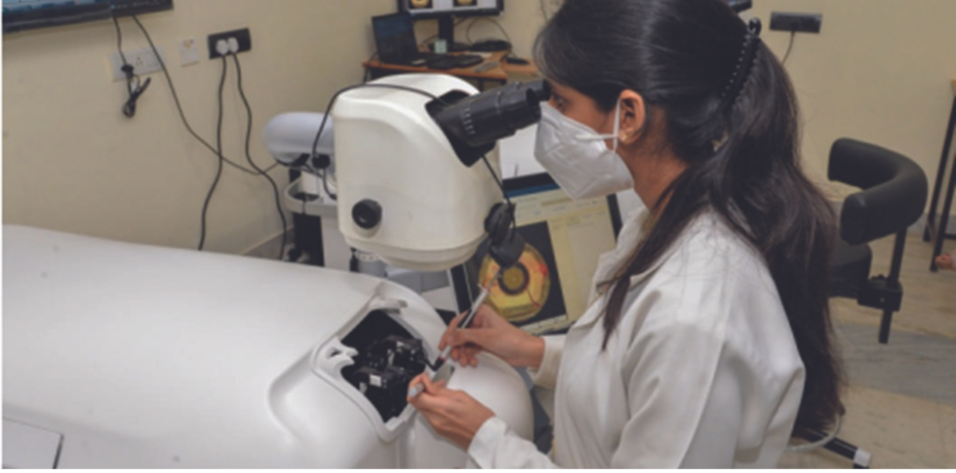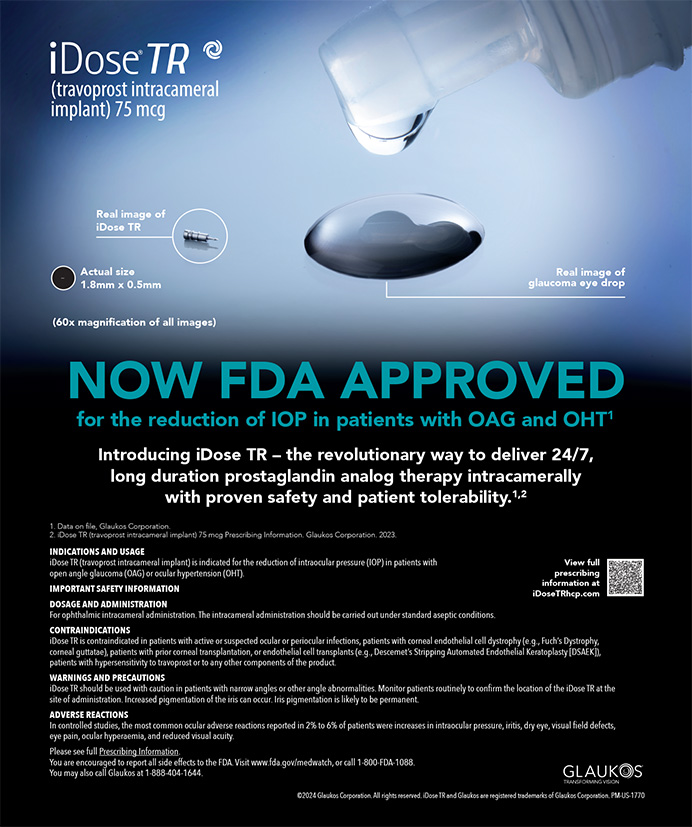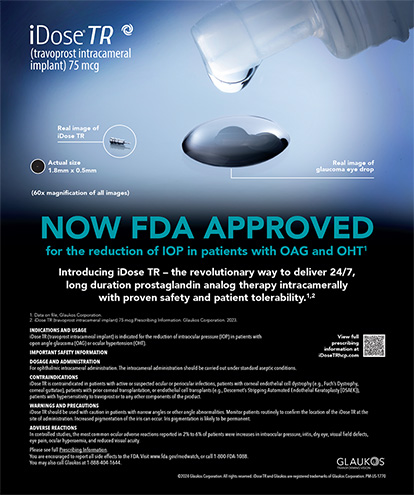

The use of virtual reality (VR) for ophthalmologic surgical training is a captivating topic. Recent technological advances have propelled an unprecedented level of research in this area—especially timely during the COVID-19 pandemic. This public health emergency prompted ophthalmology residency programs to explore surgical training resources that allow residents to practice microsurgical skills without direct patient contact.
The proliferation of VR headsets, haptic technology, and virtual education has enabled educational innovators to offer a reliable, high-fidelity alternative to traditional surgical training methods. These innovative simulators allow ophthalmology trainees to receive real-time feedback and visual guidance for cataract and vitreoretinal surgery from educators worldwide. Some devices have become foundational to the surgical curricula of many ophthalmology institutions, whereas others are just becoming commercially available.
This brief overview highlights some remarkable surgical simulators and future plans for integrating VR into ophthalmology.
EyeSi Surgical Simulator
The EyeSi Surgical Simulator (Haag-Streit USA), the most established device of its kind, has been integrated into more than 650 ophthalmology residency programs worldwide. The unit comprises a virtual operating microscope for simulating stereoscopic images, handheld probes for simulating instruments when inserted into an artificial eye, and a programmable virtual environment for phaco cataract or vitreoretinal surgery. Tasks can be performed while an instructor monitors them on a viewing panel (Figure 1).
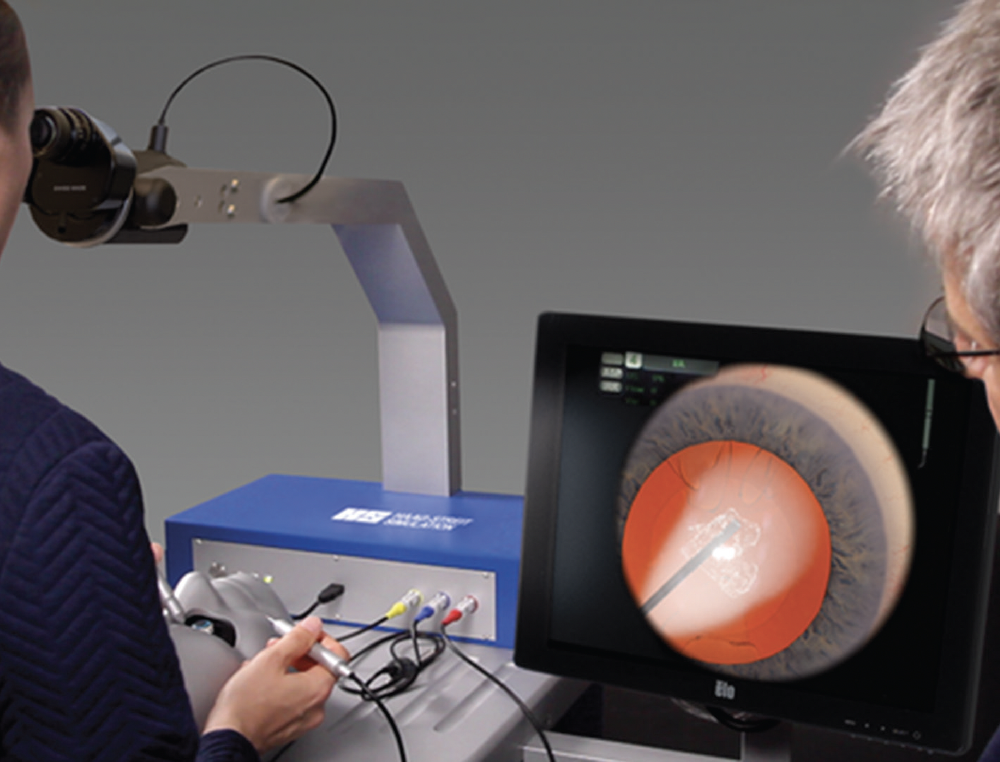
Figure 1. EyeSi Surgical Simulator.
EyeSi is distinguished by the substantial body of published research demonstrating its validity and effectiveness for enhancing microsurgical performance. Studies have shown a positive correlation between simulator performance scores and objective assessment scores in the OR, increased trainee confidence after simulation training, and a reduction in posterior capsular rupture rates during live surgery following training with the simulator.1-4 The EyeSi is continually updated with new features, such as OLED screens and a quad-camera configuration. The latest models are priced at $280,000.
Fidelis VR
The Fidelis VR Ophthalmic Surgical Simulator (Alcon) serves as an educational platform for phaco cataract surgery. Instead of an operating microscope, the system employs a VR headset that is integrated with dual haptic engines and a Centurion (Alcon) footswitch. This configuration offers a lifelike virtual OR setting by connecting remote users and instructors within the same virtual environment (Figure 2). The simulator’s haptic feedback closely replicates the actual sensations of cataract surgery, including the resistance encountered during incision creation or when applying pressure to the cornea. Since its introduction in March 2023, the Fidelis VR has been used globally, with tests conducted by ophthalmologists in the United States, India, China, Vietnam, and Indonesia. Alcon plans to extend the simulator’s application to vitreoretinal and glaucoma surgery training and aims to increase the technology’s accessibility to institutions by offering the units at a price of $49,000 each.
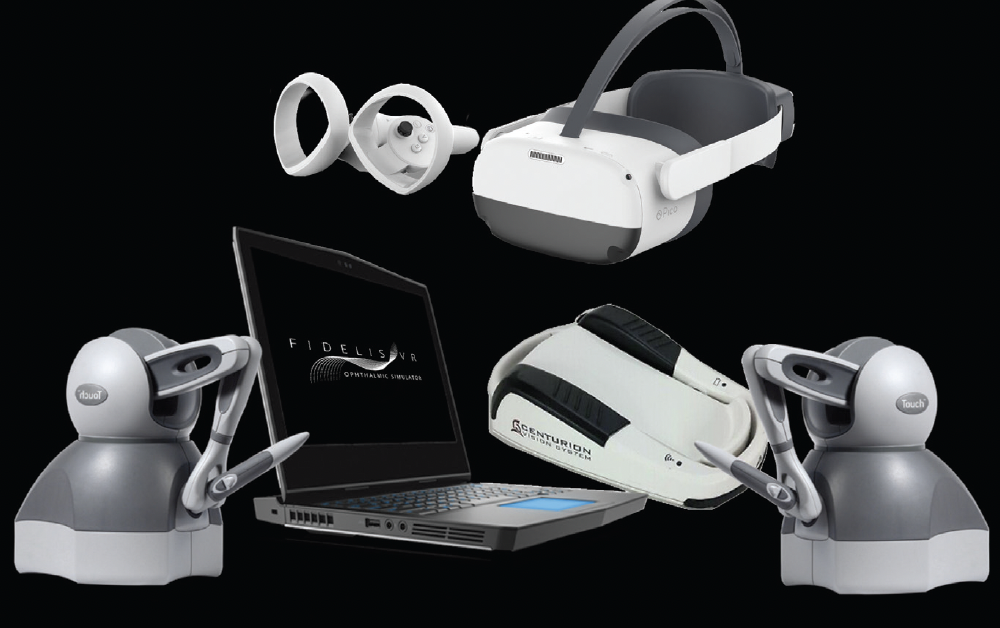
Figure 2. Fidelis VR Ophthalmic Surgical Simulator.
Fundamental VR
HapticVR, StandaloneVR, and CollaborationVR (all from Fundamental Surgery) are utilized across various surgical subspecialties, including ophthalmology. Each platform has distinct capabilities and can be employed individually or collectively to provide tailored virtual learning experiences:
- The HapticVR simulator integrates a VR headset with two haptic engines, merging the immersive VR environment with tactile feedback, such as tissue texture, similarly to the Fidelis VR;
- The StandaloneVR features a wireless VR headset and two handsets to provide versatile training scenarios, including the setup of microscopes, machinery, and tools; and
- CollaborationVR facilitates collaborative engagement in a virtual space, enhancing team training and instruction with virtual instructors globally.
These simulators are portable and adaptable. Industry partnerships have led to the development of customized cataract surgery training models. Notably, a clinical trial of a model designed specifically for Orbis International is assessing its effectiveness for ophthalmologic surgical training. The model incorporates a structured curriculum with sequential modules. A partnership with the AAO aims to adapt the technology for a pediatric ophthalmology diagnostics and management program for retinopathy of prematurity. Fundamental Surgery is actively working to make its simulators accessible to ophthalmology residency programs, with plans for broader availability in the coming years.
HelpMeSee
The HelpMeSee Simulator (HelpMeSee) stands out as the first VR simulator dedicated to instruction on manual small-incision cataract surgery, a technique endorsed as an alternative to phacoemulsification in resource-limited developing nations. Like the EyeSi Surgical Simulator, the HelpMeSee Simulator technology features a virtual operating microscope but distinctively integrates dual haptic systems for tactile feedback (Figure 3). Additionally, it features advanced computer graphics paired with a physics model that simulates surgical procedures.
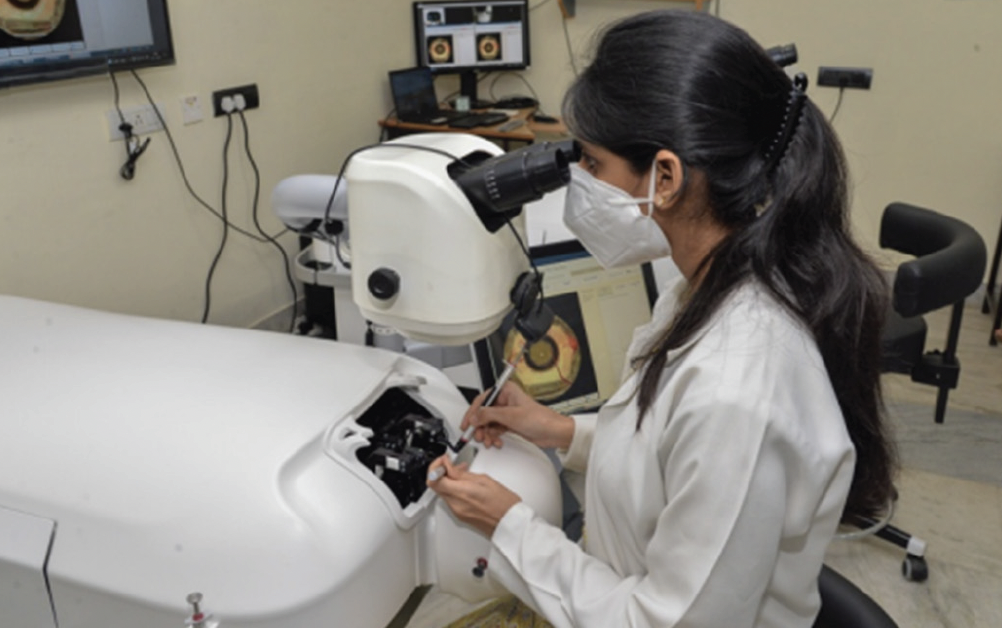
Figure 3. HelpMeSee Simulator.
HelpMeSee operates as a nonprofit organization and was founded by Orbis’ creators with the singular goal of training individuals in cataract surgery to mitigate global cataract blindness. The simulator has not been offered for sale, but growing demand for surgical simulation training has led to its now being offered on a 10-year lease. Presently, more than 40 simulators are in use across 11 training centers worldwide, and leasing proceeds are funding further humanitarian initiatives.
In 2022, HelpMeSee introduced a new simulator model for phaco training and announced plans to broaden its educational scope to include vitreoretinal and glaucoma surgery. This simulator, like the EyeSi Surgical Simulator, is distinguished by specific research validating its effectiveness and reliability as an educational resource.5,6
The Role of VR
Ophthalmology is a discipline steeped in innovation and consistently leads the way in technological advances within health care. As increasingly complex and nuanced medical therapies emerge, equipping ophthalmologists with the necessary tools for safe, accessible, and efficient surgical training is imperative.
Shortages in the ophthalmology workforce are anticipated. Current projections indicate that, by 2035, ophthalmology will experience the second most severe workforce adequacy issue among all specialties.7 VR may help mitigate this shortage by accelerating ophthalmology trainees’ journey to surgical proficiency. Although it may be premature to declare the advent of the metaverse in ophthalmology, the continued adoption of technological innovations is crucial to advancing surgical education.
The authors wish to extend their gratitude to the following individuals for their insights into surgical simulators, which enriched the information provided in this article:
- Marshall Dial, vice president of education and simulation market development, Haag-Streit Simulation (EyeSi Surgical Simulator);
- Rustin Floyd, global director, HCP training and education, Alcon Vision (Fidelis VR);
- Ashlie Liel, vice president of ophthalmology and client success, FundamentalVR (HapticVR/StandaloneVR/CollaborationVR); and
- Bonnie Henderson, MD, president, CEO, and head of global innovation and technology, HelpMeSee (HelpMeSee Simulator).
1. Jacobsen MF, Konge L, Bach-Holm D, et al. Correlation of virtual reality performance with real-life cataract surgery performance. J Cataract Refract Surg. 2019;45(9):1246-1251.
2. Thomsen AS, Bach-Holm D, Kjærbo H, et al. Operating room performance improves after proficiency-based virtual reality cataract surgery training. Ophthalmology. 2017;124(4):524-531.
3. Ng DS, Sun Z, Young AL, et al. Impact of virtual reality simulation on learning barriers of phacoemulsification perceived by residents. Clin Ophthalmol. 2018;11:12:885-893.
4. Ferris JD, Donachie PH, Johnston RL, Barnes B, Olaitan M, Sparrow JM. Royal College of Ophthalmologists’ National Ophthalmology Database study of cataract surgery: report 6. The impact of EyeSi virtual reality training on complications rates of cataract surgery performed by first and second year trainees. Br J Ophthalmol. 2020;104(3):324-329.
5. Hutter DE, Wingsted L, Cejvanovic S, et al. A validated test has been developed for assessment of manual small incision cataract surgery skills using virtual reality simulation. Sci Rep. 2023;13(1):10655.
6. Nair AG, Ahiwalay C, Bacchav AE, et al. Effectiveness of simulation-based training for manual small incision cataract surgery among novice surgeons: a randomized controlled trial. Sci Rep. 2021;11(1):10945.
7. Berkowitz ST, Finn AP, Parikh R, Kuriyan AE, Patel S. Ophthalmology workforce projections in the United States, 2020 to 2035. Ophthalmology. 2024;131(2):133-139.

